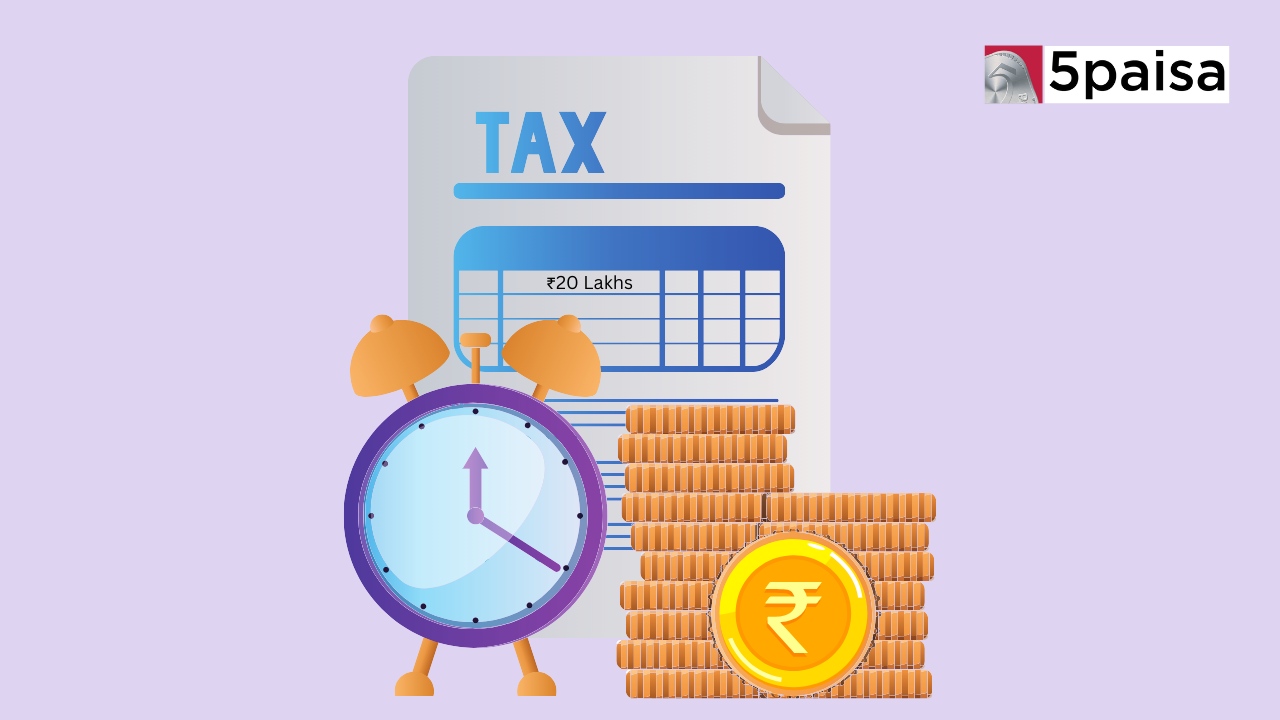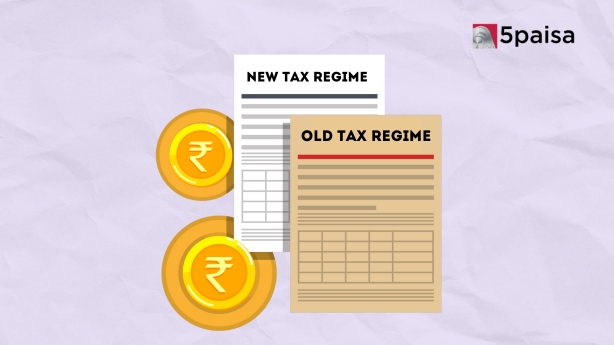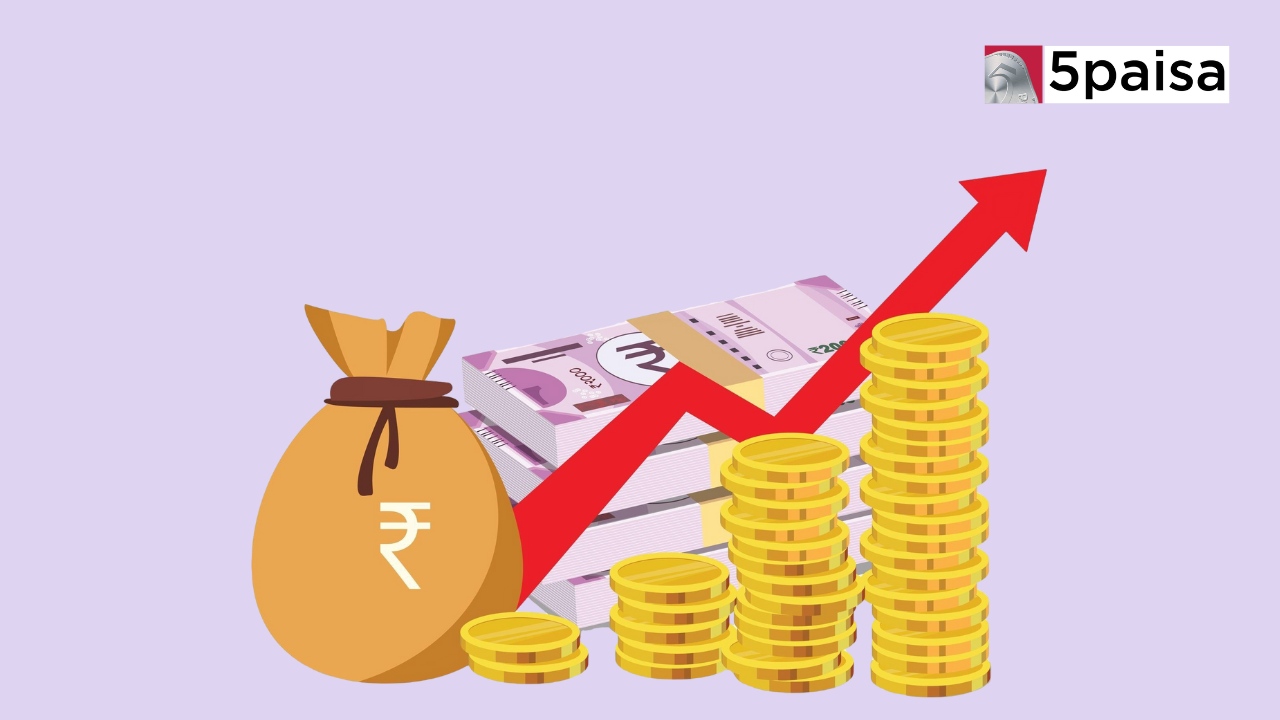3 Technologies Disrupting Finance in 2025: AI, Blockchain & Big Data Revolution
How to Save Tax on ₹20 Lakh Annual Income in India

An annual income of ₹20 lakh places you in the 30% tax bracket under the old tax regime. However, with smart tax planning, you can reduce your taxable income and lower your tax liability. The Indian Income Tax Act provides various provisions for deductions and exemptions, allowing you to save while making financially prudent decisions. Let’s explore how you can save tax effectively.
1. Maximize Section 80C Investments (₹1.5 Lakh Deduction)
Investments under Section 80C allow you to reduce taxable income by up to ₹1.5 lakh. Some popular investment options include:
1. Equity Linked Savings Schemes (ELSS): Market linked mutual funds with tax benefits and high return potential.
2. Public Provident Fund (PPF): Long-term, tax-free investment with a lock in of 15 years.
3. Employee Provident Fund (EPF): For salaried individuals, contributions to EPF qualify for deduction.
4. National Savings Certificate (NSC): Government backed savings options with a fixed return.
5. Tax-Saving Fixed Deposits: Lockin of five years with moderate returns.
6. Life Insurance Premiums: Policies ensuring financial security for your dependents.
2. Additional NPS Deduction Under Section 80CCD(1B)
The National Pension System (NPS) offers an additional deduction of up to ₹50,000 under Section 80CCD(1B). This is over and above the ₹1.5 lakh limit of Section 80C. It is a great taxsaving tool for retirement planning and offers a mix of equity and debt investments.
3. House Rent Allowance (HRA)
For salaried individuals receiving HRA as part of their salary, deductions can be claimed under the following rules:
1. The actual HRA received from your employer.
2. 50% of basic salary (for metro cities) or 40% (for nonmetro cities).
3. Rent paid minus 10% of basic salary.
4. Claiming HRA can reduce a significant portion of your taxable income if you live in rented accommodation.
4. Home Loan Deductions (Section 24 and Section 80C)
1. If you own a house financed through a home loan, you can claim dual tax benefits:
2. Interest Paid on Loan (Section 24): Deduction of up to ₹2 lakh on interest paid annually.
3. Principal Repayment (Section 80C): Part of the ₹1.5 lakh deduction limit under Section 80C.
5. Health Insurance Premiums (Section 80D)
Health insurance premiums can be claimed as deductions:
1. ₹25,000 for self, spouse, and children (below 60 years).
2. ₹50,000 for parents (above 60 years).
3. This allows a total deduction of up to ₹75,000 annually, ensuring financial protection during medical emergencies.
6. Standard Deduction for Salaried Individuals
Salaried employees are eligible for a standard deduction of ₹50,000, reducing taxable income without requiring any investment.
7. Donations to Charitable Organizations (Section 80G)
Contributions to approved charities and NGOs can provide deductions of either 50% or 100% of the donation amount, depending on the organization. Ensure you obtain proper receipts for all donations.
8. Education Loan (Section 80E)
Interest paid on education loans is deductible under Section 80E. There is no upper limit, making this an excellent benefit for those funding higher education.
9. Capital Gains Exemption (Section 54 and Section 54EC)
If you’ve earned capital gains from selling property or assets, reinvesting in specified assets can help you save tax:
1. Purchase of another property (Section 54): Exemption for capital gains.
2. Investment in Bonds (Section 54EC): Up to ₹50 lakh can be invested in specified bonds like NHAI or REC.
10. Consider the New Tax Regime
The new tax regime provides reduced tax rates but does not allow most exemptions or deductions. For an income of ₹20 lakh, compare the old and new regimes to determine which option offers higher savings.
Illustration: Tax Savings Breakdown
| Tax Saving Options | Maximum Deduction (₹) |
| Section 80C Investments | 1,50,000 |
| NPS (Section 80CCD(1B)) | 50,000 |
| Home Loan Interest (Section 24) | 2,00,000 |
| Medical Insurance (Section 80D) | 75,000 |
| Standard Deduction | 50,000 |
| Donations Under Section 80G | 1,00,000 (example) |
| Total Deductions | 6,25,000 |
After these deductions, your taxable income reduces to ₹13.75 lakh, significantly lowering your tax liability.
Conclusion
Tax planning for an income of ₹20 lakh requires a mix of investments, insurance, and careful financial planning. Utilize the available deductions to reduce your taxable income while securing your financial future. Always consult a tax advisor to personalize these strategies and maximize savings.
- Flat ₹20 Brokerage
- Next-gen Trading
- Advanced Charting
- Actionable Ideas
Trending on 5paisa
03
 5paisa Research Team
5paisa Research Team
Personal Finance Related Articles
Disclaimer: Investment in securities market are subject to market risks, read all the related documents carefully before investing. For detailed disclaimer please Click here.

 Tanushree Jaiswal
Tanushree Jaiswal
 Sachin Gupta
Sachin Gupta




